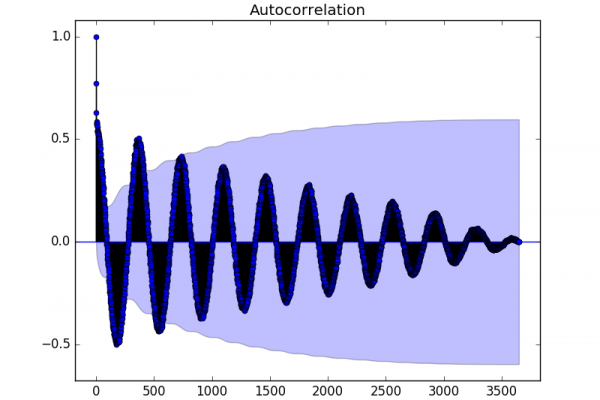How to Decompose Time Series Data into Trend and Seasonality
Last Updated on August 14, 2020 Time series decomposition involves thinking of a series as a combination of level, trend, seasonality, and noise components. Decomposition provides a useful abstract model for thinking about time series generally and for better understanding problems during time series analysis and forecasting. In this tutorial, you will discover time series decomposition and how to automatically split a time series into its components with Python. After completing this tutorial, you will know: The time series decomposition method […]
Read more








